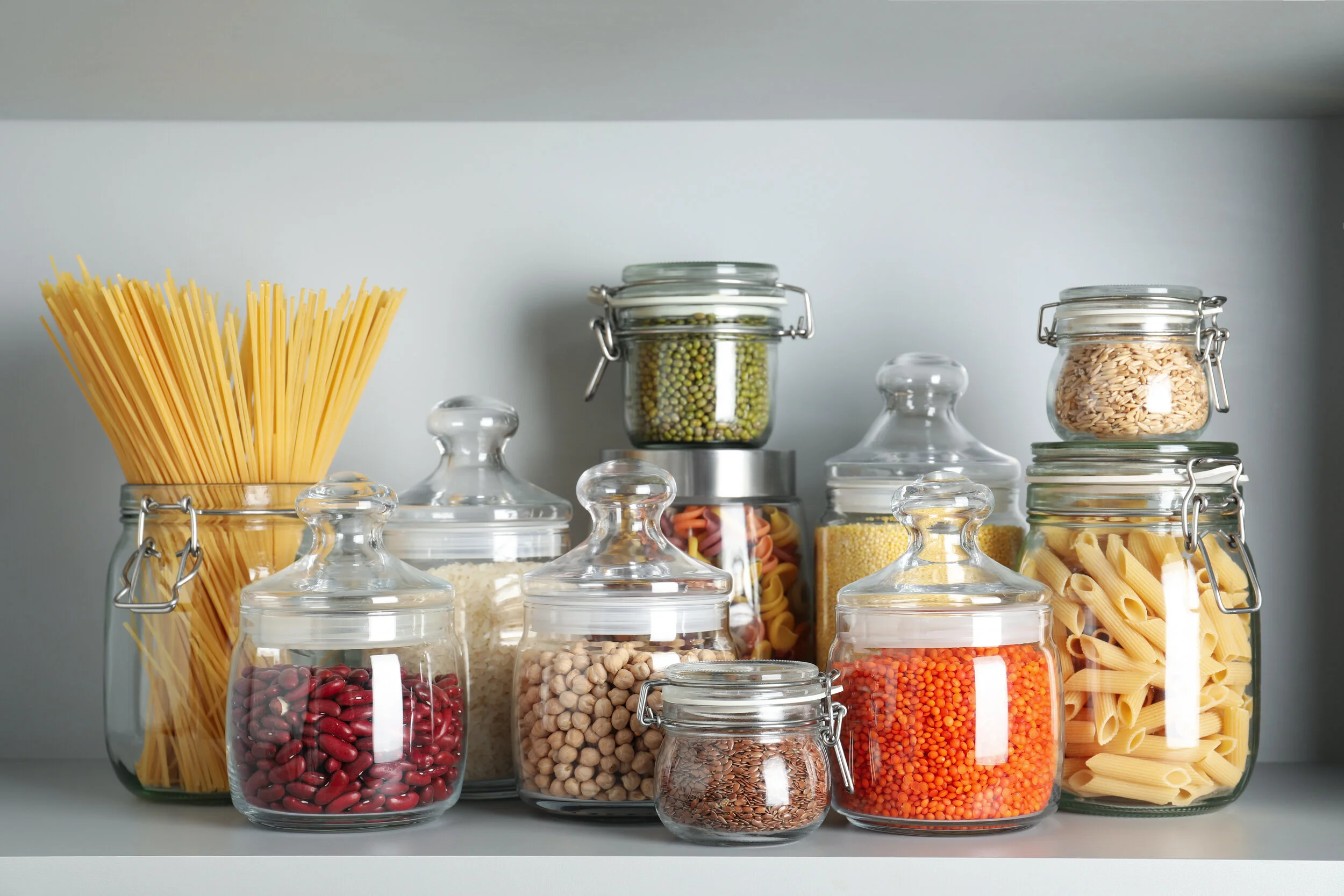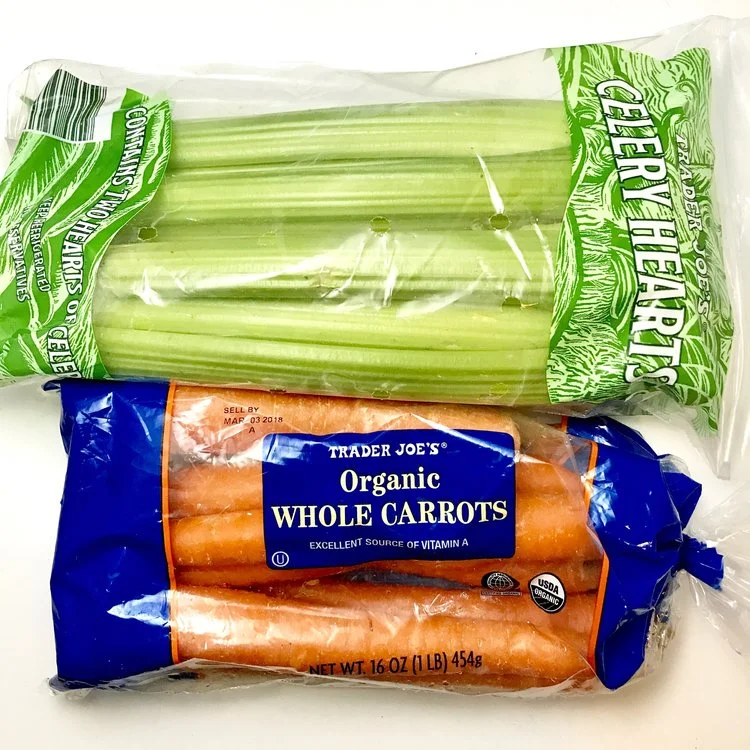Food for Thought
Are you upset with the lack of healthful food choices at affordable prices offered by your grocers? Do you get overwhelmed by product marketing and resort to buying what’s on sale rather than doing any research? Do you know that your beauty and cleaning products could be doing more harm than good? Although you may feel at a loss, just a few simple tweaks in your buying behavior can make a huge impact.
Demand
We know from economics that demand leverages cost. I can still hear my professor saying, “in the long run,” which he repeated at least a thousand times. Our buying patterns provide data to suppliers as to what is and is not selling. Popular products continue to be made and variations may be added. Lay’s would not have over 200 flavors of potato chips to date, including Chicken and Waffles and Cappuccino, if curiosity didn’t get the best of consumers. By purchasing, we contribute to the demand for more variety, innovation and convenience of processed goods. On the other hand, products that fail to capture market share or receive bad feedback will be dropped. Remember that purple EZ Squirt ketchup?
Ingredient
It’s normal to rely on marketing to make our purchasing decisions. We tend to opt for products that scream for our attention such as “gluten-free,” “natural,” or even, “limited-edition.” Our lack of product knowledge is hurting us. By continuously pouring our hard-earned money into junk food and toxic or inhumane beauty and cleaning products, we’re not helping our future. The message we send is approval for these types of products when, most likely, we’re just unaware of the ingredients. If packaging alone isn’t enough to force your hand, a quick price comparison will likely do the trick. It’s no “Wonder”, purchasing the cheapest, most colorful bread on the market will supply you with a combination of refined grains and high-fructose corn syrup.
Quality
Do you steer clear of organic produce, pasture-raised eggs, grass-fed meats, and wild-caught seafood due to the price tags? By doing so, we’re expressing nonchalance for the use of pesticides, antibiotics, caged hens and livestock fed on grains and soy. By spending extra money on quality foods, suppliers would note the increase in health-conscious consumers and begin to produce more of it. This, in turn, would help to drive lower costs. To save some money in the process, note that not all produce you eat needs to be organic. See below for the “EWG's 2019 Shopper's Guide to Pesticides in Produce” otherwise known to the public as the Dirty Dozen, Clean 15, published by the Environmental Working Group. Choose organic when purchasing any of the dirty dozen items as they are the most heavily pesticide ridden. Produce on the clean fifteen list are regarded as the safest for having the least amount of pesticides. The list contains 47 fruits and vegetables in all so use your discretion when purchasing any produce not listed. Keep in mind, organic produce isn’t only better for us, it’s better for the environment as well!
2019 DIRTY DOZEN: choose organic
Strawberries
Spinach
Kale
Nectarines
Apples
Grapes
Peaches
Cherries
Pears
Tomatoes
Celery
Potatoes
2019 CLEAN FIFTEEN: your discretion
Avocados
Sweet corn
Pineapples
Sweet peas (frozen)
Onions
Papayas
Eggplants
Asparagus
Kiwis
Cabbage
Cauliflower
Cantaloupes
Broccoli
Mushrooms
Honeydew
We all have the power to make an impact; one purchase at a time.
Now that you’re equipped to shop with a new frame of mind, take a look at the list of produce currently in-season. Anything out of season will be freshest if purchased frozen.
- Mallory
SOURCES:
“About Us.” Handsome Brook Farm, Handsome Brook Farm, 16 Oct. 2018, http://www.handsomebrookfarm.com/about-us/.
EWG's 2019 Shopper's Guide to Pesticides in Produce™.” EWG's 2019 Shopper's Guide to Pesticides in Produce | Full List, Environmental Working Group, www.ewg.org/foodnews/full-list.php.








